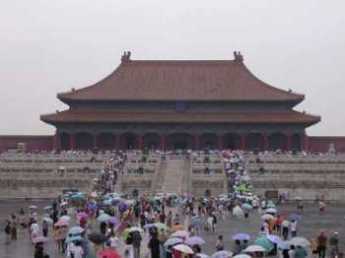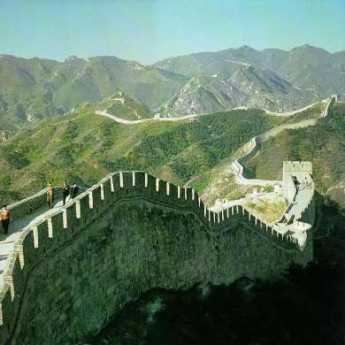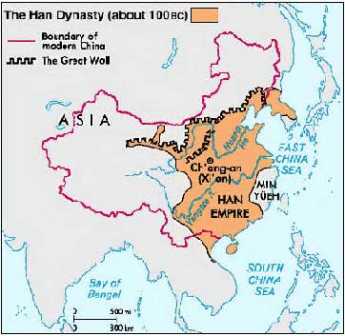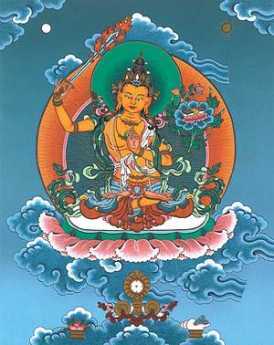Related Topics
North of Market
The term once referred to the Quaker district along Arch Street, and then to a larger district that had its heyday after the Civil War, industrialized, declined, and is now our worst urban problem area.
Customs, Culture and Traditions
Abundant seafood made it easy to settle here. Agriculture takes longer.
Right Angle Club 2008
A report, to the year 2008 shareholders of the Right Angle Club of Philadelphia, by the outgoing president, Neale Bringhurst...
Chinese North
Mary Scott was recently introduced to the Right Angle Club by Buck Scott her father (and last year's program chairman.) Mary is fluent in Mandarin, lives in Beijing, and has a PhD. from Princeton. Although her luncheon talk had some of the features of a very polished travel talk with slides, it was considerably deeper than that.

|
| Forbidden City |
We learned the exiting news, easily confirmed by Google Earth, that the streets of both Beijing and Philadelphia are laid out in north-south, east-west squares. As we have noticed, Philadelphia was laid out with a magnetic compass, so Broad Street is 6 degrees off true North. Beijing, on the other hand, is almost exactly true North and South. While it is unclear how this was done two thousand years ago, it seems a likely conjecture that the Chinese architects probably used the North Star as a guide. This would have been in keeping with their notion of the Forbidden City as the center of the universe. Everything revolves around the Emperor, just as all other stars revolve around the Polestar.

|
| Great Wall |
With primitive communication, and possibly even with the modern electronic variety, it is difficult to maintain control of a large empire without decentralizing. The ancient Chinese method was to put the many sons of the Emperor in charge of local districts, which got them out of Beijing where they were only making trouble, and assigned them the job of fighting with the neighboring Mongol tribes which would keep them busy. For this reason, the Great Wall is really many great walls, as the frontier advanced and retreated. When the Emperors died, there was always a major problem of succession, but at least each son had a military and administrative track record which reduced the number of aspirants to a handful of the biggest baddest ones.

|
| Han Dynasty |
The Great Wall resembled a dragon, the symbol of the Emperor. It thus projected the image of his power out to the edges of the Empire. It had a road running on its top, greatly facilitating the shifting of defensive troops. As a defensive barrier it was only fair, having been breached many times, and on one occasion the Mongols even took the Emperor prisoner for ransom. However, the Wall's underlying purpose was to inhibit immigration, where it was probably reasonably effective. While at first the Han dynasty was mostly concentrated around the capital city, the Han Chinese gradually drove out, starved out or frightened out the others throughout the entire Empire. It is possible to see this relentless process in the recent treatment of Tibet. The underlying thought has been that if you don't exterminate them, eventually they will exterminate you.

|
| Tibetan Buddhism |
The Chinese prescription for domination has always been cultural as well as military. The Emperor was divine, far above other men. The symbolism of the dragon, of the golden color, and even the imposition of coherent architectural design on the city suggested his presence everywhere. Conversely, Tibetan Buddhism was a cultural threat from abroad, to be stamped out whenever it was safe to do so. And the recent policy of one child per mother leads to depopulation, which in turn will surely make the fecundity of neighbors a threat to China.
For thousands of years, the Chinese have worked out a system for just about everything except for peaceful succession of its rulers. That continues to be the case today, and we all better hope they eventually figure something out.
Originally published: Saturday, October 13, 2007; most-recently modified: Wednesday, August 07, 2019